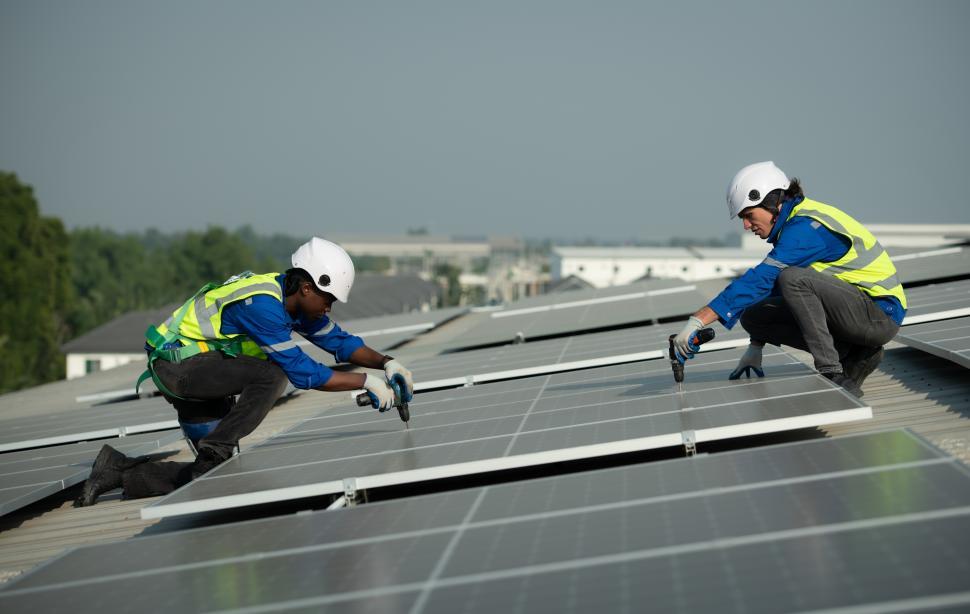
Solar PV Regulations and Legal Requirements in South Africa
A comprehensive guide to legal compliance, permits, and regulations for installing solar photovoltaic systems in South Africa.

A comprehensive guide to legal compliance, permits, and regulations for installing solar photovoltaic systems in South Africa.
